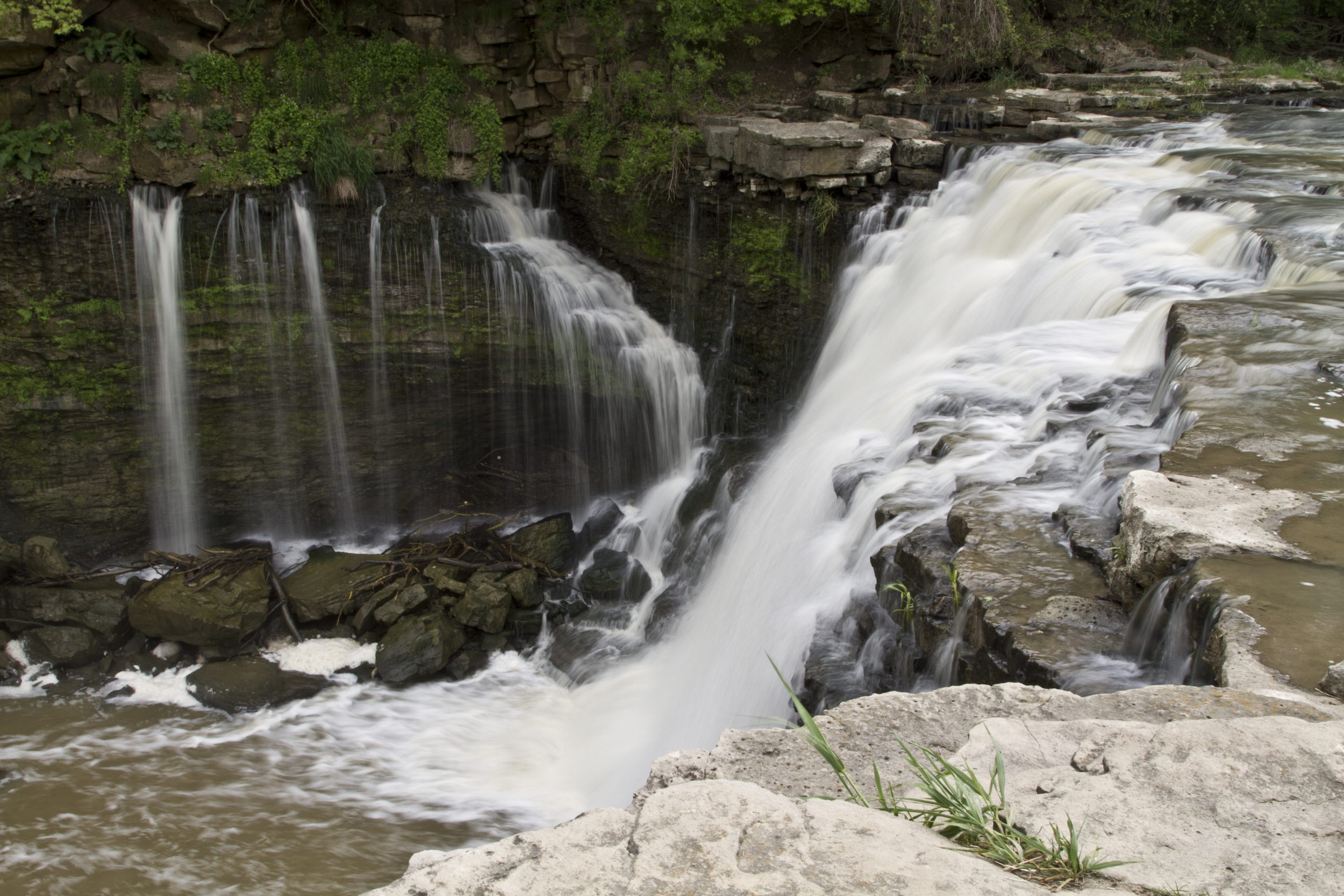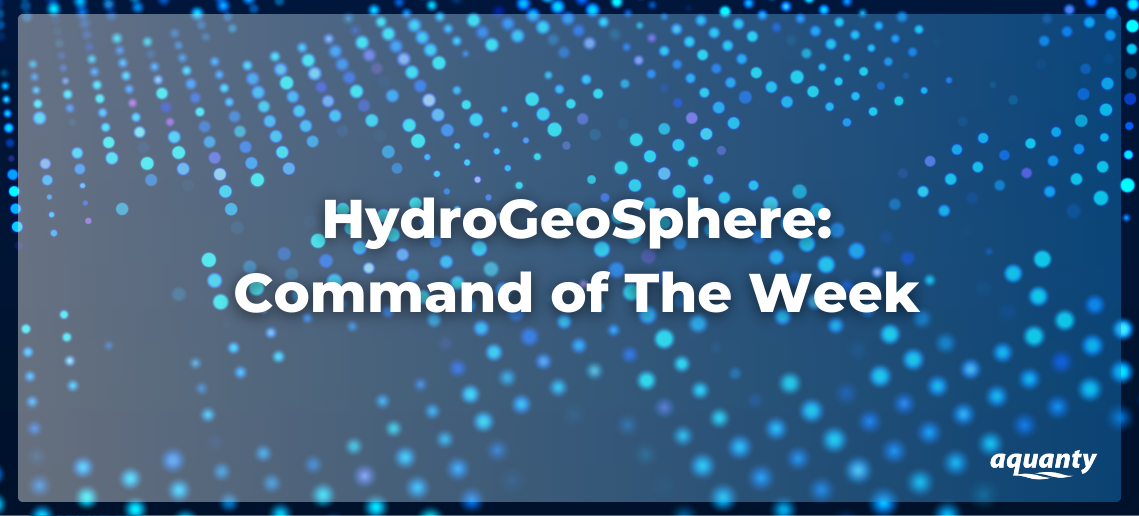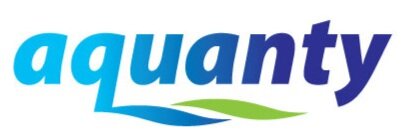

Writing a Cleanup Script to Clear a Model Folder
This post introduces a simple method to clean up model folders without manually deleting individual files. While HydroGeoSphere typically overwrites results, there are cases where returning a model folder to its initial state is necessary—whether due to incorrect parameters, changes in output times, or preparing files for sharing.

Time Varying Maximum Timestep
This post highlights the time varying maximum timesteps command, which helps optimize simulation runtimes while maintaining high temporal resolution during periods of rapid model input changes. The time varying maximum timesteps command allows you to adjust timestep sizes dynamically using a simple time-value table. A sample problem demonstrating this feature, based on the "Abdul" verification model, is available for download. This version refines timesteps during key boundary condition changes, leading to approximately 100 additional timesteps and improved solution refinement.

Minimum Layer Thickness (with fixed top elevation) Commands
This post describes how to use the minimum layer thickness and minimum layer thickness with fixed top elevation commands to enforce nodal elevation rules when building your model mesh or grid. These commands help prevent pinchouts, which occur when nodes in upper layers have lower elevations than those in layers beneath them—a common issue when working with large surface data files in complex geological systems.

Assigning Property Zones using Shapefile Data
This post describes how to use the zones from arcview for chosen elements command to define property zones using shapefile (.shp) data. This method is particularly useful for projects involving spatially distributed properties in both the porous media and surface domains.

Compute Post Simulation Average
This week, we're highlighting a newly added command: compute post simulation average. This command was designed to simplify coupling PEST (Parameter Estimation) with HydroGeoSphere (HGS) by extracting average values of simulated quantities over a specified time interval and storing them in a file that PEST can easily read.

Skip on/off/rest
This post highlights three grok utility commands that are useful for building and debugging your grok file. These commands are particularly beneficial when you want to skip over certain sections of the code that aren’t necessary for execution during a specific run.

Speeding up HGS models using “unsaturated tables”
This post describes how unsaturated tables can be used to speed up model runs. Unsaturated tables refer to the Pressure-Saturation and Saturation-Relative Permeability tables that can be generated from van Genuchten parameters in an MPROPS file when running grok.exe. Conceptually, these tables replace the need for on-the-fly calculations of unsaturated properties during simulation, improving computational efficiency.

Starting a model with previously a generated head field
This post describes how to use two methods for setting initial head conditions from previous simulations. The first method, Initial head from output file, assigns an initial head value to all nodes in the current domain by reading it from a previously generated output file. This method is particularly useful when you want to avoid starting a simulation from scratch after a crash or when using results from a prior simulation to initialize a transient model. The second method, Restart file for heads, uses the prefixo.hen file, which contains the head for all nodes across all domains after a simulation’s successful completion. This allows the model to restart from the exact conditions saved in the file.

Target Times
This week, we’re highlighting two commands that allow for greater flexibility in defining target times during your HydroGeoSphere simulations: target times and generate target times.

Making use of the scaling factor command in boundary conditions
This post describes how to use the scaling factor command to adjust time series inputs directly within a boundary condition block in your prefix.grok file. Conceptually, this allows users to scale boundary condition inputs— like fluxes or concentrations— on the fly, without needing to modify large or externally sourced input files. While a straightforward use is unit conversion, we find this command especially useful for quick input calibration during model tuning, allowing users to easily explore how different scaling choices influence model results.
